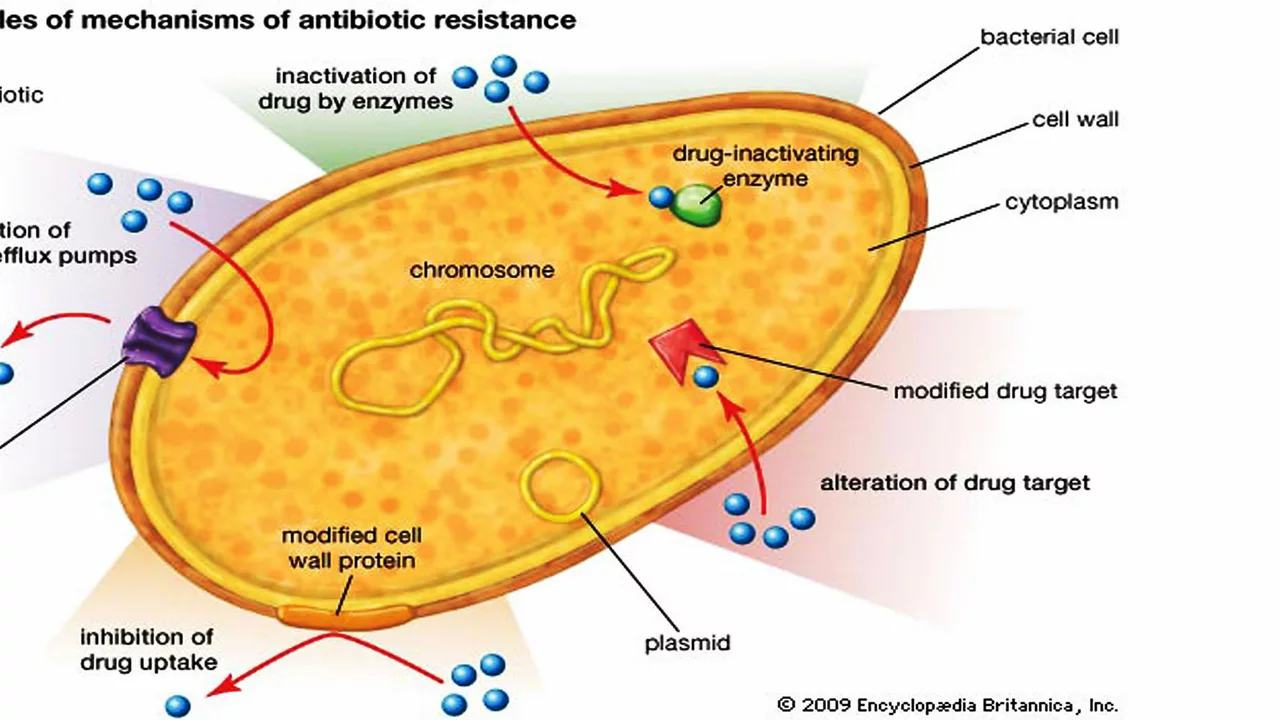Secnidazole: What It Is and How It Works
If you've heard about secnidazole but aren't sure what it does or if it's right for you, here's a quick guide. Secnidazole is an antibiotic mainly used to treat certain infections caused by protozoa. These pesky single-celled organisms can cause illnesses like trichomoniasis and amoebiasis, and secnidazole steps in to stop them in their tracks.
One big plus of secnidazole is its convenient dosing — often a single dose can be enough, which makes it easier to stick with treatment. This benefit is especially important because missed doses can mean slower recovery or persistent infection.
Who Should Use Secnidazole and What To Expect
Doctors usually prescribe secnidazole for infections that respond well to nitroimidazole drugs. It’s effective at getting rid of certain protozoan parasites and some anaerobic bacteria. If you’re dealing with symptoms like itching, discharge, or stomach upset linked to these infections, secnidazole might be the solution.
Side effects are generally mild but can include nausea, headache, or a metallic taste in your mouth. It’s wise to avoid alcohol during treatment — mixing the two can cause unpleasant reactions like flushing, nausea, or rapid heartbeat.
Tips for Safe Use and When to See a Doctor
Always follow your healthcare provider’s instructions on dosage and duration. Don't stop treatment early, even if you start feeling better, to ensure the infection clears completely. If you have liver problems or other health conditions, let your doctor know first, as secnidazole might not be suitable or may require dose adjustments.
If symptoms persist after finishing your medication, or you experience severe side effects like rash or difficulty breathing, seek medical advice promptly. Remember, self-medicating with antibiotics can do more harm than good, so always get a proper diagnosis.
In short, secnidazole is a helpful medication to tackle specific infections with a simple dosing plan, but like all antibiotics, it needs to be used responsibly. Got questions about it? Talk to your healthcare provider to get the answers tailored to your health situation.
